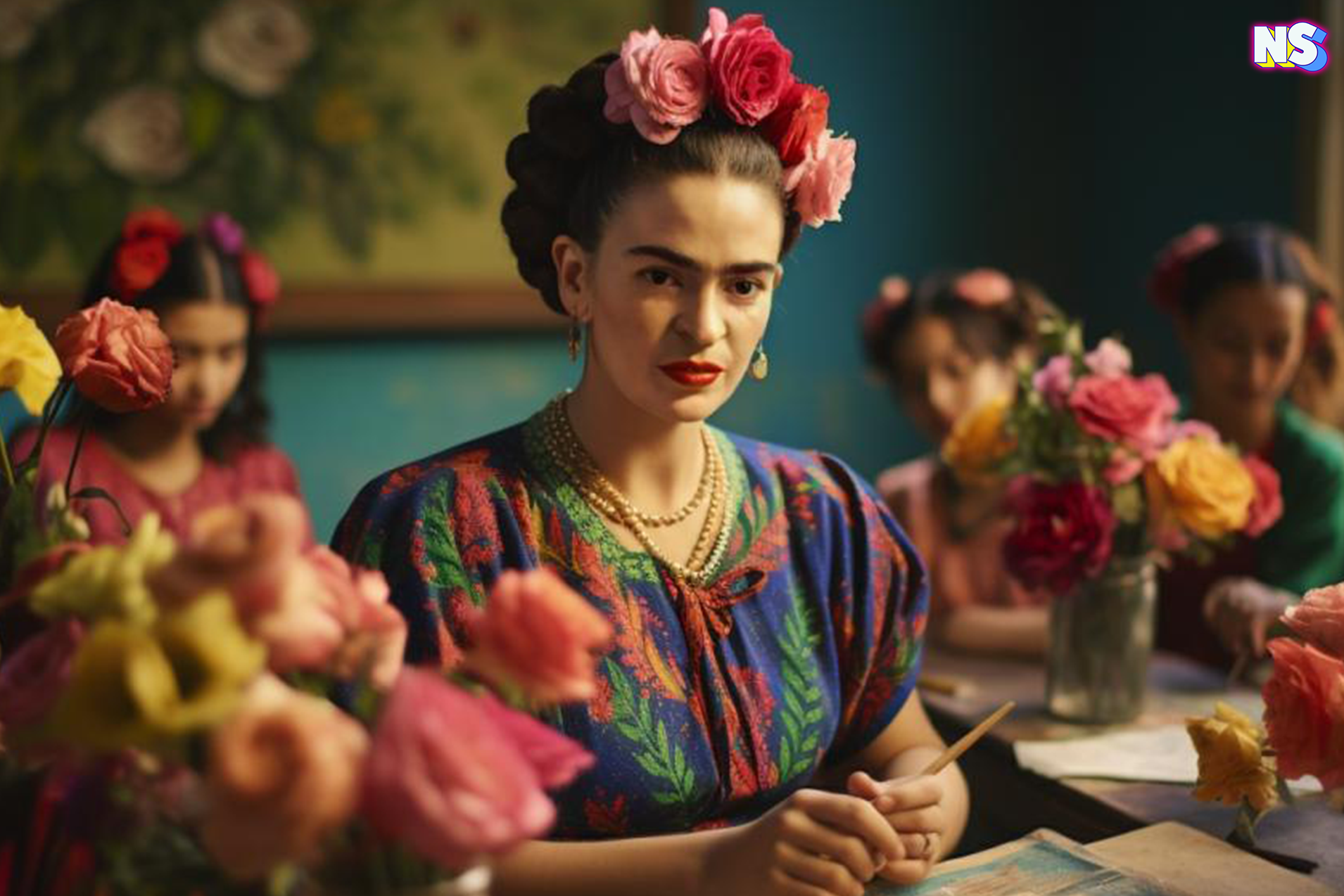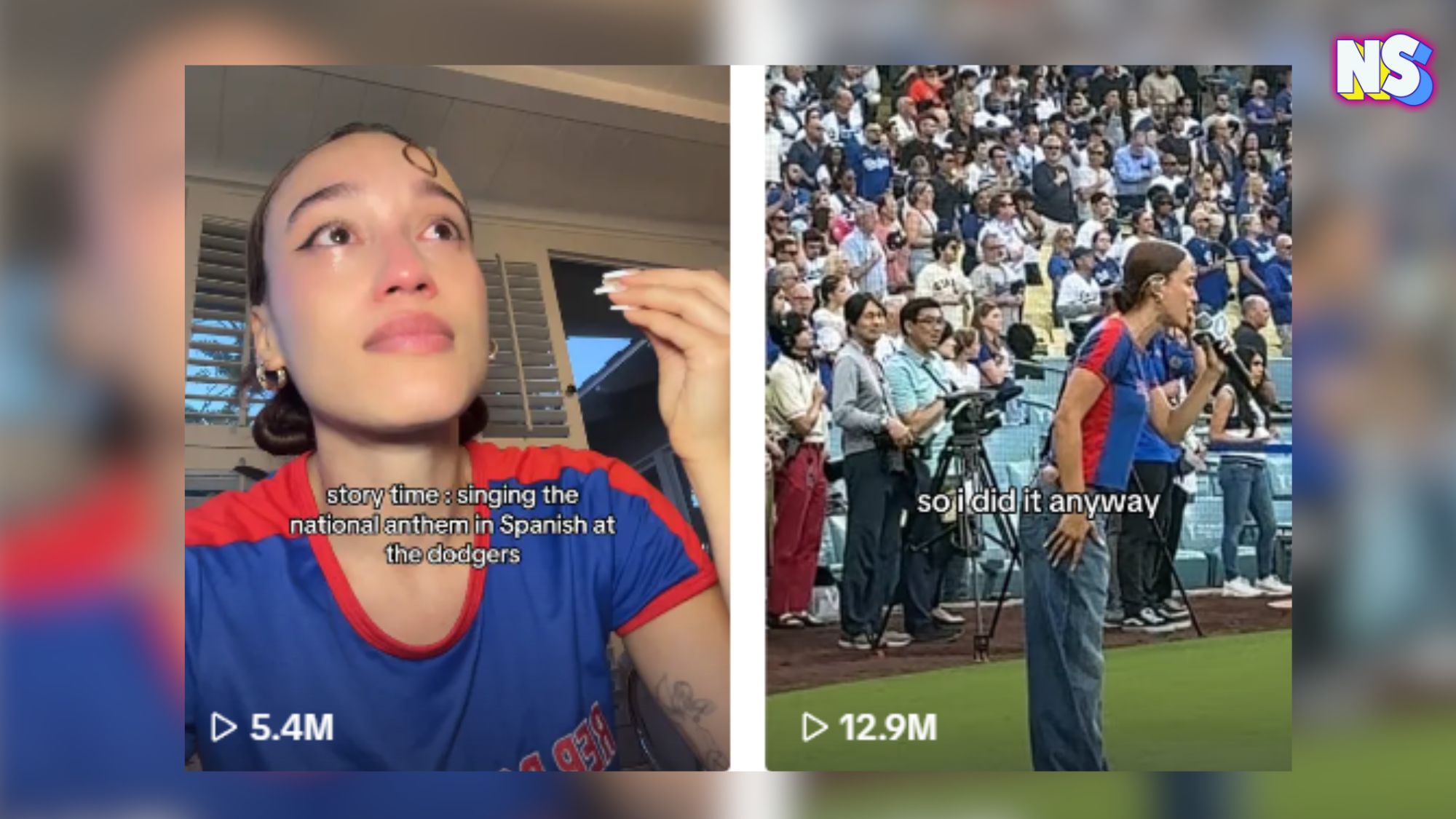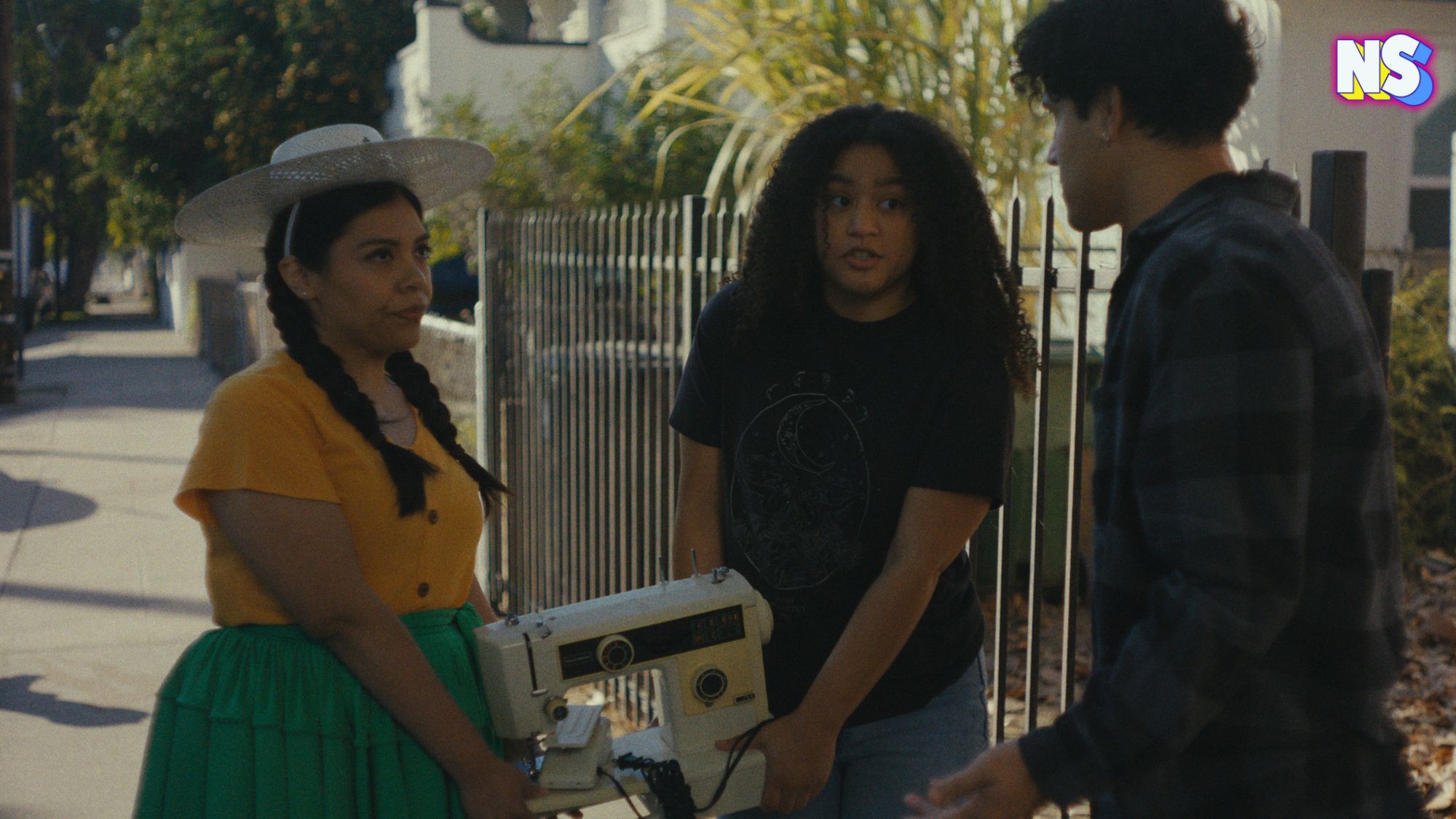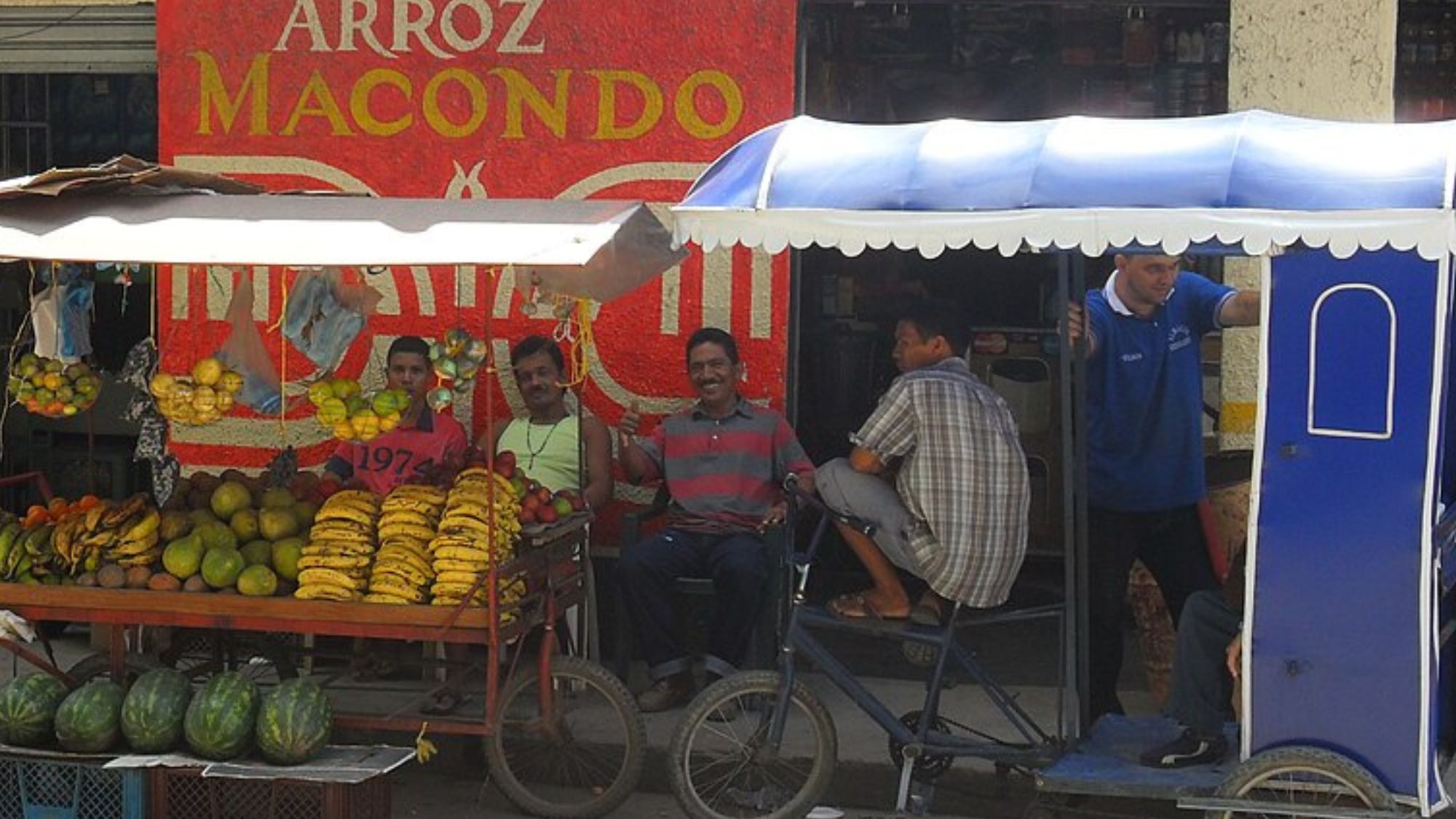Illustration By Nuestro Stories
In addition to being a celebrated painter whose iconic body of work maintains significant influence, Magdalena Carmen Frida Kahlo Calderón left an indelible mark on Mexican art history through her work as a teacher.
“Those who had the luck of having Frida Kahlo as a teacher, received much more than a didactic orientation. They were offered a way to live, to be and to think, very different from the usual, as well as national and social concerns, a unique vision of the Mexican people and, in addition, a delicious sense of humor, ‘populachero’ and refined at the same time,” art historian Raquel Tibol says in the book Frida Kahlo: An open life.
In 1943, Kahlo earned a position as professor of arts education for 12 hours per week, as documented by the General Archive of Mexico’s House of Memory (the Mexican government’s collection of “printed documents, manuscripts, photographs, maps, plans and illustrations”).
“Many students at La Esmeralda immediately gravitated towards the vivacious and humorous Kahlo while a few others expressed skepticism since she lacked a teaching specialization,” a recent piece by the Denver Art Museum explains.
According to the Denver Art Museum, one of Kahlo’s pupils, named Fanny Rabel, said, “ did not influence us through her way of painting, but through her way of living, of looking at the world and at people and at art.”
The artist and her husband also supported young students outside her classroom.
Eager to provide her students with an opportunity to delve into mural art, Frida actively sought avenues for them to showcase their talents. In the midst of 1943, she successfully secured permission for her students to adorn the walls of Pulqueria La Rosita, a tavern located in close proximity to Casa Azul, her residence. Two years later, Frida orchestrated another mural project for her students, this time at a laundry facility, a public undertaking during the Lazaro Cardenas administration.
Kahlo and her husband were known for encouraging her students to participate in exhibitions. And, despite the occasionally contentious political nature of their work, which sometimes sparked public disagreement, the couple consistently supported their proteges, shielding them from any repercussions.
“The couple was also supportive when ‘Los Fridos’ joined other students to found the Revolutionary Young Artists, a group that organized exhibitions in public parks and gardens so that their artwork could be seen by workers and the poor,” FridaKahloHistory.com writes.
As Frida Kahlo’s health deteriorated post-1944, she scaled back her teaching commitments and suggested to her students that they continue their classes at her residence, which is now recognized as the Blue House and serves as the Frida Kahlo Museum.
Despite her health challenges, Kahlo remained active in her students’ lives through exhibitions, commissioned artworks, and instructional courses. And her work as an artist was recognized by art scholars as well. In fact, in 1946, the Presidency of the Republic and the Secretariat of Public Education awarded her with an honorable mention in the National Prize for Science and Arts for her outstanding artwork, “Moisés.”
Frida Kahlo died on July 13, 1954, and the Ministry of Public Education issued a document to make payment of her teaching salaries to her widower, Diego Rivera.
Kahl’s entire, yet lesser known, career in teaching is documented and visible for free online thanks to the partnership between Mexico’s General Archive and Google Arts & Culture Initiative – a “non-commercial initiative” with “cultural institutions and artists around the world … to preserve and bring the world’s art and culture online so it’s accessible to anyone, anywhere.”





